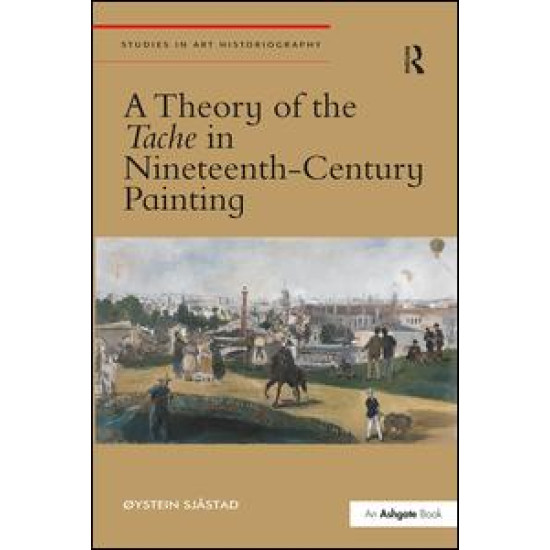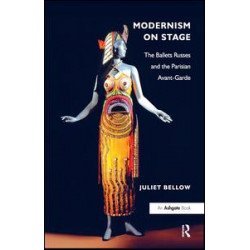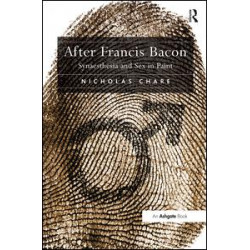
-20 %
A Theory of the Tache in Nineteenth-Century Painting
This product qualifies for free shipping
This block is set to appear automatically on products above a certain price, which may qualify for free shipping or other perks.
Without question, the tache (blot, patch, stain) is a central and recurring motif in nineteenth-century modernist painting. Manet's and the Impressionists’ rejection of academic finish produced a surface where the strokes of paint were presented directly, as patches or blots, then indirectly as legible signs. Cézanne, Seurat, and Signac painted exclusively with patches or dots. Through a series of close readings, this book looks at the tache as one of the most important features in nineteenth-century modernism. The tache is a potential meeting point between text and image and a pure trace of the artist’s body. Even though each manifestation of tacheism generates its own specific cultural effects, this book represents the first time a scholar has looked at tacheism as a hidden continuum within modern art.
₹6,535.42
₹8,169.28















